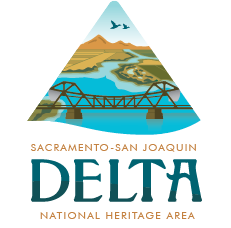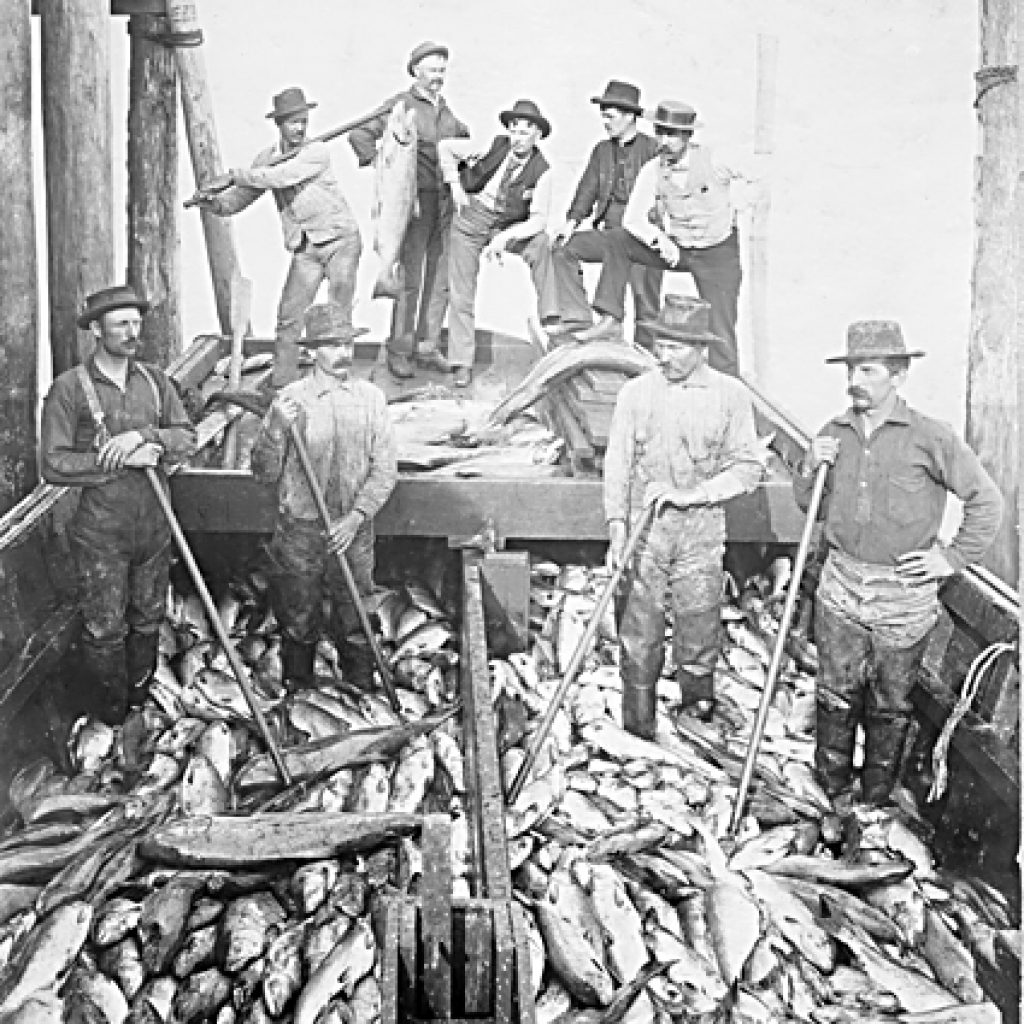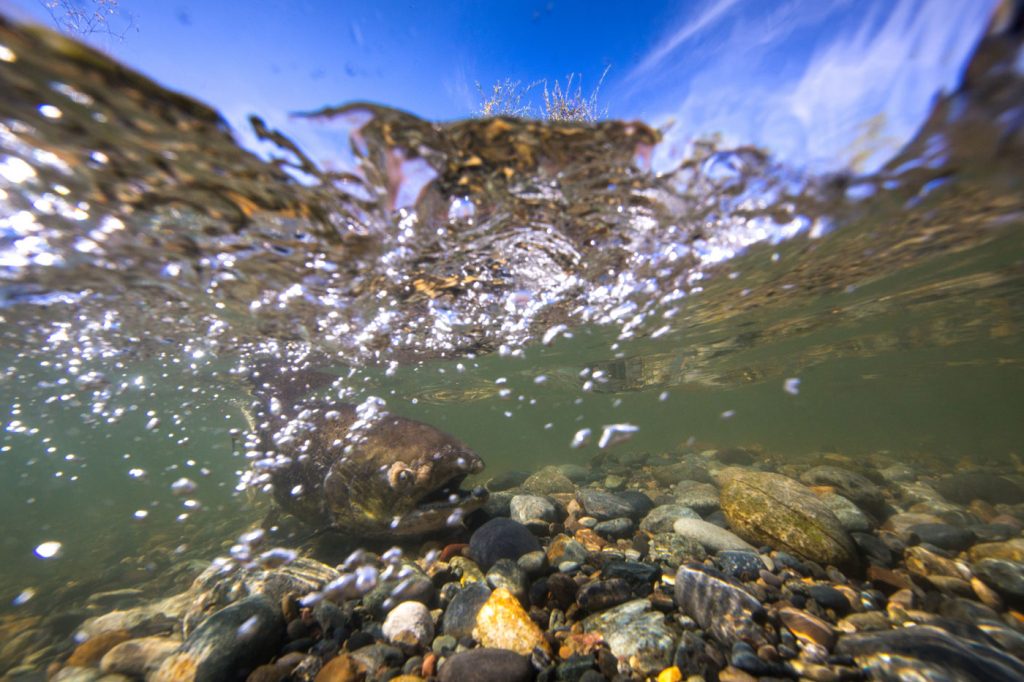Delta Food Feature: Salmon
A Sea-sonal Delicacy!
A floating cannery in what is now West Sacramento mined the Delta’s silvery bounty.
Stroll along the River Walk in West Sacramento on a Delta autumn evening, and you will notice a plaque commemorating California Registered Historical Landmark number 1040, north of the Tower Bridge. The plaque marks the original site of the Hapgood, Hume and Company’s salmon cannery, the first salmon cannery established on the West Coast.
Built on a barge moored to the bank in 1864, the cannery processed salmon caught on the river by cooking with a boiler, rather than salt packing as was more common at the time. William and George Hume are believed to have lived in a cabin nearby, but the precise location isn’t known. At the time, salmon were so plentiful that it is recorded that cannery fish were caught mostly with gill nets and – believe it or not – spears.
By 1866 – less than three years later – the Humes moved their operation to the Columbia River in Oregon, as the salmon runs in the Sacramento River were already beginning to decline. The decimation of the river fishery was swift: in 1881 there were 20 canneries in Northern California, six in 1885 and by the turn of the century California ranked last in West Coast canned salmon production with only three canneries in operation, two on the Sacramento River and one on the Klamath. The state where salmon canning began saw its last cannery close in 1919.
Once the easy pickings in the river were depleted, commercial salmon fishermen concentrated their efforts on fish in the ocean heading home to spawn – a practice that continues today. Only a few West Coast canneries remain, located in Oregon, Washington and Alaska.


